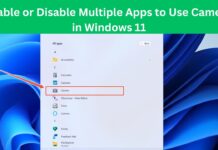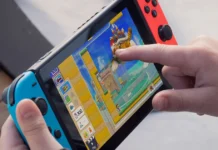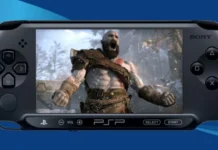Curiosity Rover Update: Sols 4287-4288 – Back on the Road
—
The Mars Curiosity Rover’s New Journey
In a recent update from NASA’s Mars Science Laboratory mission, Curiosity, the Mars rover, is back on the move. This update covers Sols 4287-4288, the corresponding Earth dates being August 26-27, 2024. Let’s dive into the details of the latest mission plans and the scientific decisions that drive them.
Quick Recap: The Mission So Far
Curiosity has been exploring Mars since it landed on the Red Planet on August 6, 2012. The primary mission is to explore Gale Crater and investigate Mars’ climate and geology, assess whether it ever had environmental conditions capable of supporting microbial life, and study the planet’s habitability for future human missions.
Today’s Planning Session
The team behind the Curiosity mission had a productive day planning out the rover’s next steps based on the latest data and scientific priorities. Initially, the plan was to conduct "contact science" on some fascinating bright-toned rubbly rocks in the rover’s workspace. These rocks were just a short distance from the previous sampling site, and the team was keen to analyze their composition using the Alpha Particle X-ray Spectrometer (APXS) and their morphology with the Mars Hand Lens Imager (MAHLI).
Slip Risk Assessment
Before the rover can unstow its robotic arm to perform such observations, a "Slip Risk Assessment" is conducted. This assessment ensures that Curiosity’s wheels are stable and the ground is firm enough to support the heavy robotic arm. Unfortunately, today’s assessment indicated that it was not safe to proceed with unstowing the arm. To conduct the observations, the rover would need to adjust its position, which would impact the mission timeline.
Quick Decision-Making
With this new information, the science team had a lively discussion to weigh the pros and cons of staying in the current location to conduct the observations in the next planning cycle or moving on to the next waypoint. Led by Long-Term Planners, these discussions allow all science advocates to voice their opinions. In this case, the team decided to move on. The current location was of opportunistic interest, but more promising scientific targets lie ahead. Time is a precious resource, and the team often considers the timeline cost of any given scientific observation.
Revised Plan
Given the reworking of priorities, the two-sol plan was adjusted. The first sol included targeted science activities before driving towards the next waypoint. The drive would cover approximately 25 meters north, with a pause to take Mast Camera (Mastcam) images of some bright, nodular-appearing rocks to examine their relationship to other rock types. The second sol focused on untargeted science activities.
CheMin Cell Analysis
Between the two sols, an empty-cell analysis of the CheMin cell used for the last sampling campaign was performed. This analysis ensures that the cell is empty and ready for future use. As always, environmental monitoring observations were conducted to gather data on Mars’ atmosphere and surface conditions.
The Bigger Picture
This update highlights the dynamic nature of space exploration. The ability to adapt plans based on real-time data is crucial for the success of such missions. The Curiosity team continuously balances immediate scientific opportunities with long-term mission goals, ensuring that every decision maximizes the scientific return.
Additional Information and Resources
For those interested in diving deeper into the Curiosity mission, here are some valuable resources:
- Mission Overview
- Where is Curiosity?
- Mission Updates
- Science Instruments
- Exploration Goals
Reactions and Reviews
The scientific community and space enthusiasts are always eager to follow Curiosity’s journey. The rover’s ability to navigate and conduct science on the challenging Martian terrain is a testament to human ingenuity and the collaborative efforts of scientists, engineers, and planners.
Conclusion
As Curiosity continues its journey across Mars, each decision and movement brings us closer to understanding the Red Planet’s past, present, and future potential for life. The rover’s mission is a continuous reminder of the importance of adaptability, collaboration, and the relentless pursuit of knowledge.
For more updates and detailed reports on Curiosity’s mission, stay tuned to NASA’s official channels and follow the latest news on their blog.
—
Explore More
Curiosity’s mission is just one part of NASA’s broader efforts to explore Mars and beyond. Here are some additional topics to explore:
- Perseverance Rover’s Crater Rim Campaign
- Environmental Science Extravaganza on Mars
- Bumping Away from Kings Canyon
- Mars Exploration: Science Goals
—
Discover More Topics From NASA
NASA’s mission extends beyond Mars, covering various aspects of our solar system and beyond. Here are some exciting topics to explore:
- The Sun
- Mercury
- Venus
- Earth
- The Moon
- Mars
- Jupiter
- Saturn
- Uranus
- Neptune
- Pluto & Dwarf Planets
- Asteroids, Comets & Meteors
- The Kuiper Belt
The Oort Cloud
Stay updated with the latest discoveries and missions from NASA, and continue to explore the wonders of our universe.
For more Information, Refer to this article.

































